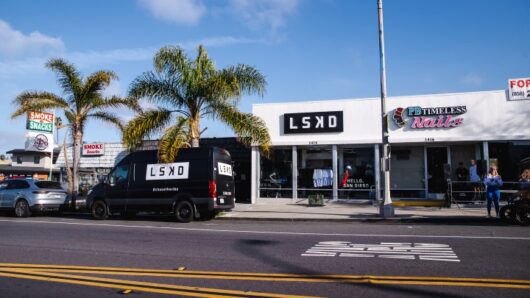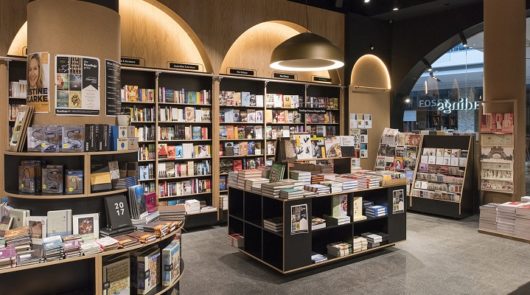 Food-based and non-discretionary retailing continues to perform strongly while competition from other centres is the prime concern for landlord managers, according to the latest JLL retail survey.
Food-based and non-discretionary retailing continues to perform strongly while competition from other centres is the prime concern for landlord managers, according to the latest JLL retail survey.
In the property firm’s latest survey undertaken in August across 119 Australian shopping centres, it was also found that the performance of anchor tenants continues to be a key in maintaining high occupancy levels to combat retail vacancy in centres.
Retail vacancy rates in neighbourhood shopping centres, which strongly feature food-based and non-discretionary based retailing, increased in the first six months of 2017 – from 2.6 per cent of vacancy in December 2016 to 3 per cent in June 2017.
“Being able to attract additional anchor tenants or mini-anchor stores was highlighted as improving the occupancy rates and rental income of some shopping centres,” said JLL’s head of property & asset management – Australia, Richard Fennell.
“This is a strategy that works, along with changing the tenancy mix to include food-based retailing and services such as medical centres, financial services and travel agencies. Shopping centre owners are reconfiguring and refurbishing centres to provide upgraded and expanded services to attract customers.
“Owners and managers are constantly refining their strategies to address the key concerns identified in the survey that are impacting on trading performance – competition, growth in online retailing, and a challenging economic outlook.”
The survey also revealed a slight improvement in sales growth expectations, with 53 per cent of respondents expecting some sales growth in the year ahead, up from 47 per cent in February 2017. But most respondents expected growth to be no more than 3 per cent per annum.
“Nationally, consumer sentiment has been weak for an extended period of time, JLL’s director, strategic consulting, David Snoswell.
The Westpac-Melbourne Institute Survey of Consumer Sentiment has been below the 100 neutral mark between December 2016 and August 2017, dropping to a low point in August of 95.5.
“20 per cent of respondents to our survey said they expected a decline in sales turnover in the next 12 months and gave a range of reasons for this, including strong competition in the catchment they operate in, the loss of a key tenant and the need for the centre to be refreshed/refurbished,” said Snoswell.
“When we asked shopping centre managers what factors were impacting turnover performance, competition from other centres remained the key area of concern (with a net balance of -38 per cent), followed by online retailing (-25 per cent) and the economic outlook (-23 per cent).
“In contrast, the most positive factor for trading performance continues to be changes to the tenancy profile of centres to improve performance,” said Snoswell.
Access exclusive analysis, locked news and reports with Inside Retail Weekly. Subscribe today and get our premium print publication delivered to your door every week.





